Home>Garden Essentials>What Size Is A Mustard Seed
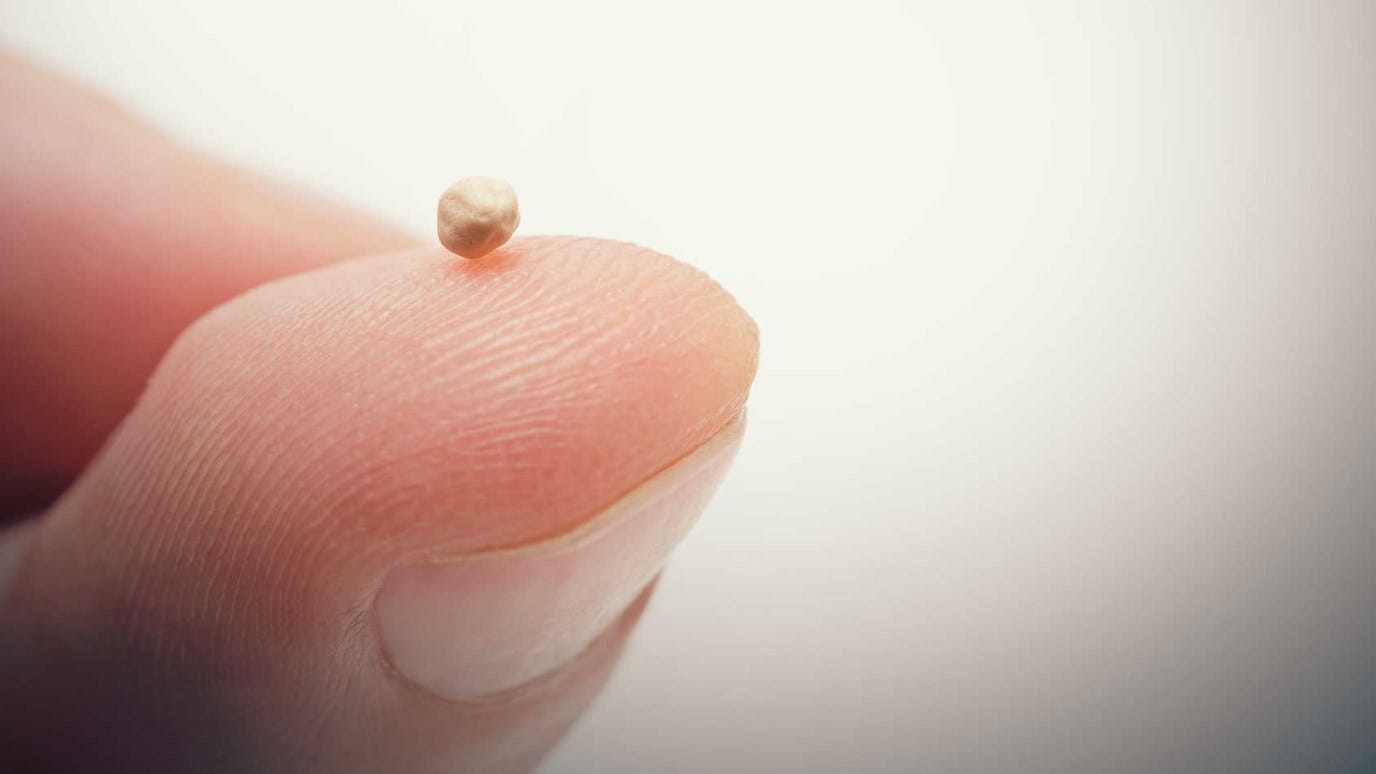

Garden Essentials
What Size Is A Mustard Seed
Modified: March 24, 2024
Learn about the size of a mustard seed for your garden and discover how to plant and care for this tiny yet powerful plant. Explore tips and techniques for growing mustard seeds in your garden.
(Many of the links in this article redirect to a specific reviewed product. Your purchase of these products through affiliate links helps to generate commission for Storables.com, at no extra cost. Learn more)
**
Introduction
**
Welcome to the fascinating world of mustard seeds! These tiny powerhouses of flavor and symbolism have captured the attention of cultures and cuisines across the globe for centuries. In this article, we will delve into the intriguing dimensions of mustard seeds, from their biblical significance to their actual size, uses, and symbolism.
Despite their minuscule appearance, mustard seeds possess a remarkable ability to add depth and complexity to culinary creations. Beyond their culinary applications, these diminutive seeds also hold a place of significance in various cultural and religious contexts. Join us as we uncover the captivating story behind the mustard seed, exploring its size, uses, and symbolism that have made it a staple in both the kitchen and the realm of spirituality.
Key Takeaways:
- Mustard seeds, though tiny, symbolize exponential growth and potential, as seen in the biblical parable. Their small size belies their impactful flavor and diverse culinary uses, making them a powerhouse in the kitchen.
- Beyond their culinary role, mustard seeds embody resilience and health benefits, symbolizing hope and potential. Their versatility extends to spiritual, medicinal, and agricultural realms, showcasing the profound impact of seemingly small elements.
Read more: What Does Mustard Seeds Grow Into
The Parable of the Mustard Seed
**
One of the most well-known references to mustard seeds can be found in the biblical parable shared by Jesus. In the New Testament, the parable of the mustard seed is recounted in the books of Matthew, Mark, and Luke. This parable uses the image of a tiny mustard seed to convey profound spiritual truths.
In the parable, Jesus likened the kingdom of heaven to a mustard seed, which is one of the smallest seeds. He described how, although the mustard seed starts as the tiniest of all seeds, it grows into a large tree, providing shelter for birds to nest in its branches. This imagery is often interpreted as symbolizing the expansive growth and far-reaching influence of the kingdom of God, starting from humble beginnings and flourishing into something significant and impactful.
Through this parable, the mustard seed has become emblematic of faith, potential, and the transformative power of small beginnings. Its enduring presence in biblical teachings has solidified its status as a symbol of hope, growth, and the capacity for greatness to emerge from the most unassuming origins.
The Actual Size of a Mustard Seed
**
Despite the profound symbolism associated with mustard seeds, their actual size may come as a surprise to many. Mustard seeds are incredibly small, measuring about 1 to 2 millimeters in diameter, which is roughly the size of a poppy seed. Their diminutive stature belies their potent flavor and culinary significance.
These tiny seeds are available in different varieties, including yellow, brown, and black mustard seeds. Each type boasts its own distinct flavor profile, with the potential to add pungent heat, earthy depth, or mild tanginess to dishes. While their size may be unassuming, the impact of these seeds on the palate is anything but subtle.
When held in the palm of your hand, mustard seeds appear almost inconspicuous, yet their influence on cuisines worldwide is undeniable. They are a key ingredient in mustard condiments, spice blends, pickling recipes, and various culinary preparations, showcasing their versatility and importance in the culinary world despite their tiny dimensions.
It’s truly remarkable how such a small seed can yield such robust and multifaceted flavors, making mustard seeds a testament to the adage that great things often come in small packages.
The size of a mustard seed is approximately 1 to 2 millimeters in diameter. It is one of the smallest seeds in the world.
Uses and Symbolism of Mustard Seeds
**
Mustard seeds have long held a revered place in culinary traditions around the world, contributing their distinct flavor and aroma to an array of dishes. From enhancing the piquancy of sauces and dressings to providing texture and depth in pickles and spice blends, these tiny seeds are a staple in countless recipes.
Furthermore, mustard seeds play a significant role in various cultural and religious symbolisms. In addition to their biblical connotations, mustard seeds are often associated with concepts of faith, growth, and potential in different spiritual and philosophical traditions. Their small size serves as a powerful metaphor for the transformative potential inherent in humble beginnings, inspiring hope and perseverance.
Aside from their symbolic significance, mustard seeds also offer a myriad of health benefits. They are rich in nutrients and antioxidants, known for their anti-inflammatory and digestive properties. Additionally, mustard seed oil, extracted from the seeds, has been utilized for its potential medicinal properties, including antibacterial and antifungal effects.
Beyond the realms of spirituality and wellness, mustard seeds have found applications in agricultural practices, where they are used as green manure to enrich the soil and suppress weeds. This multifaceted utility underscores the versatility and value of mustard seeds beyond their role as a culinary spice.
Whether employed as a culinary flavoring, a symbol of faith and potential, or a source of health-promoting compounds, mustard seeds continue to captivate and enrich diverse facets of human life, embodying the profound impact that seemingly small elements can have on our world.
Conclusion
**
As we conclude our exploration of mustard seeds, we are reminded of the extraordinary significance encapsulated within these tiny, unassuming kernels. From their portrayal in ancient parables to their indispensable role in global cuisines, mustard seeds have left an indelible mark on human culture and spirituality.
The parable of the mustard seed, with its message of exponential growth and transformative potential, continues to resonate across diverse belief systems, serving as a timeless emblem of hope and possibility. The actual size of a mustard seed, minuscule though it may be, belies its immense impact on the culinary landscape, where it imparts distinctive flavors and textures to an array of dishes.
Beyond their culinary prowess, mustard seeds embody a wealth of symbolism, representing faith, resilience, and the latent power inherent in modest beginnings. Their applications extend beyond the kitchen, encompassing medicinal, agricultural, and spiritual realms, underscoring their versatility and enduring relevance.
As we reflect on the humble mustard seed, we are reminded that greatness often emerges from the most unassuming origins. Its story serves as a poignant reminder that even the smallest of entities can harbor boundless potential, enriching our lives in ways that transcend their size.
So, the next time you encounter a mustard seed, whether in a culinary creation or a symbolic context, take a moment to appreciate the remarkable journey encapsulated within its diminutive form. For within these tiny seeds lies a profound tale of growth, flavor, and the enduring power of the small but mighty mustard seed.
Frequently Asked Questions about What Size Is A Mustard Seed
Was this page helpful?
At Storables.com, we guarantee accurate and reliable information. Our content, validated by Expert Board Contributors, is crafted following stringent Editorial Policies. We're committed to providing you with well-researched, expert-backed insights for all your informational needs.
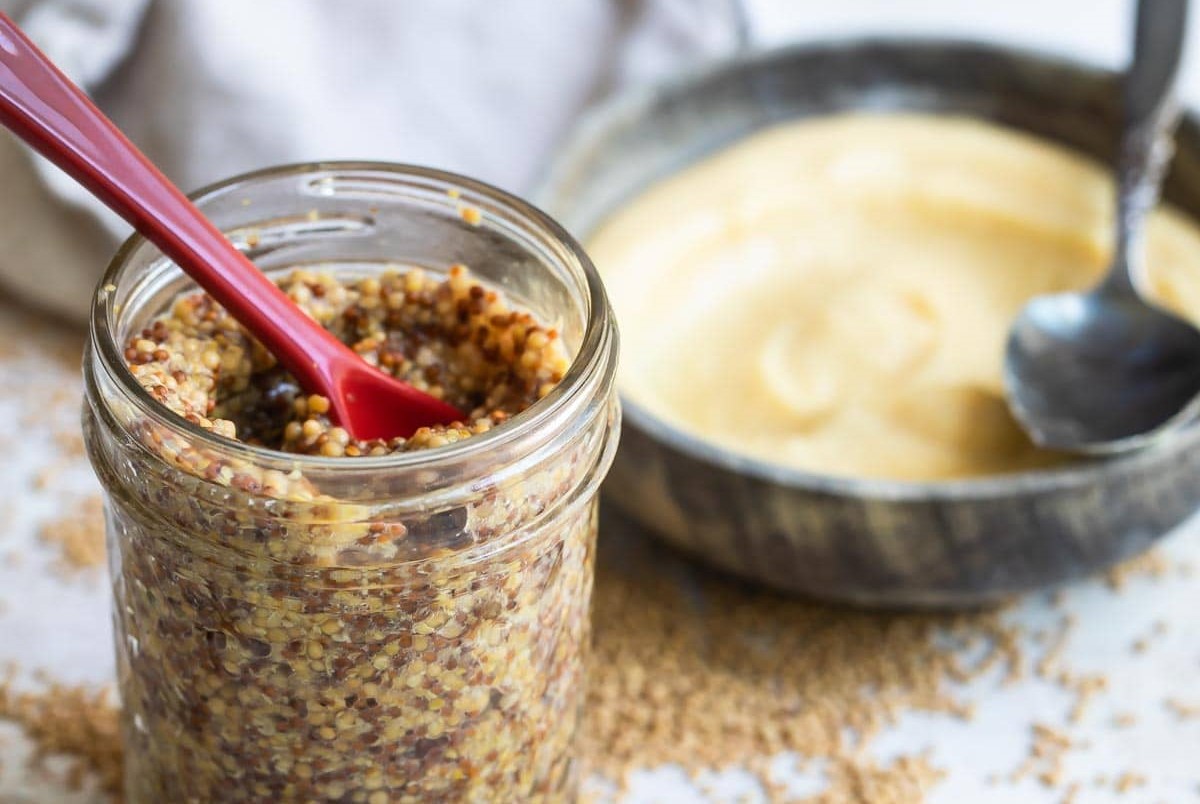
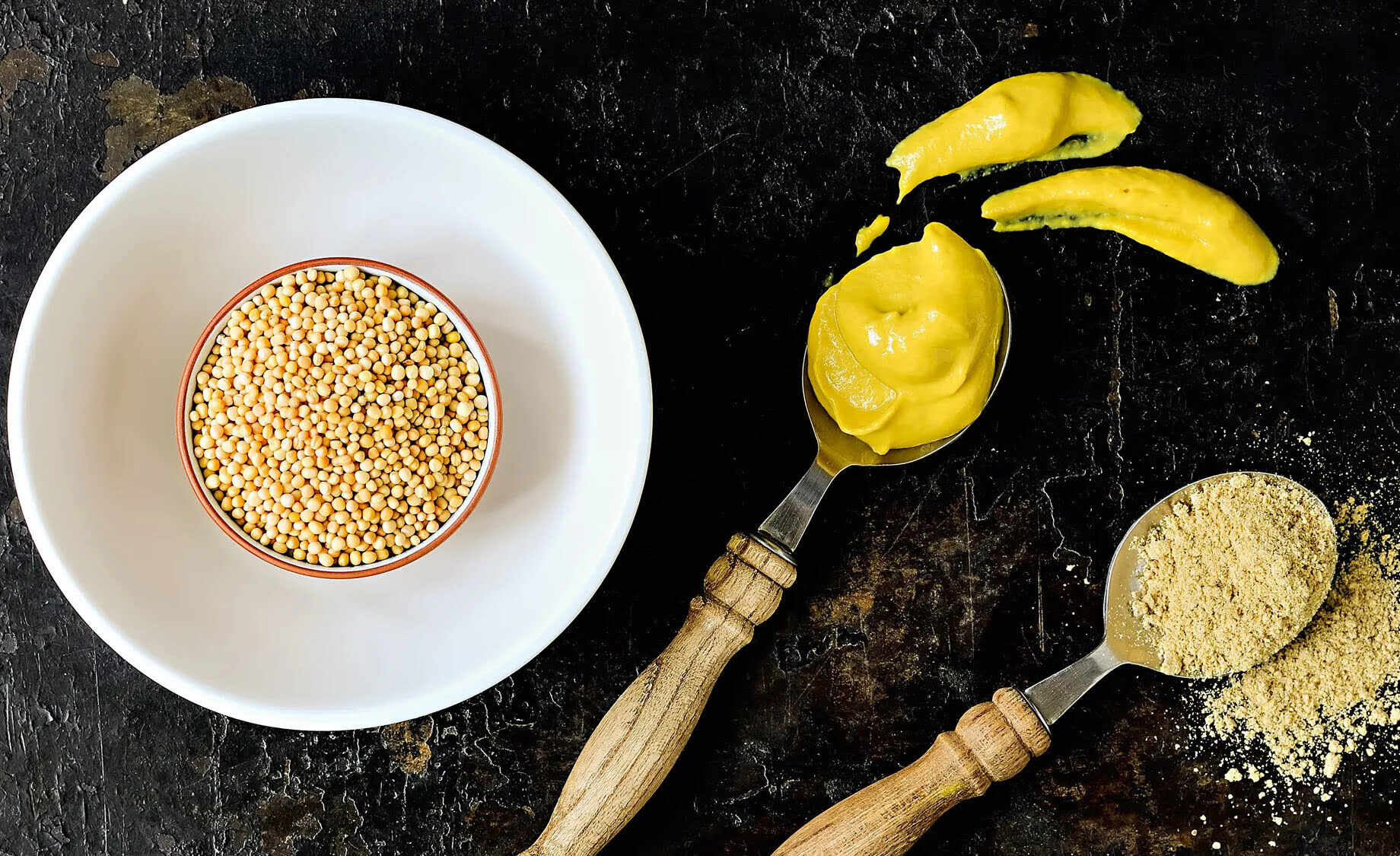
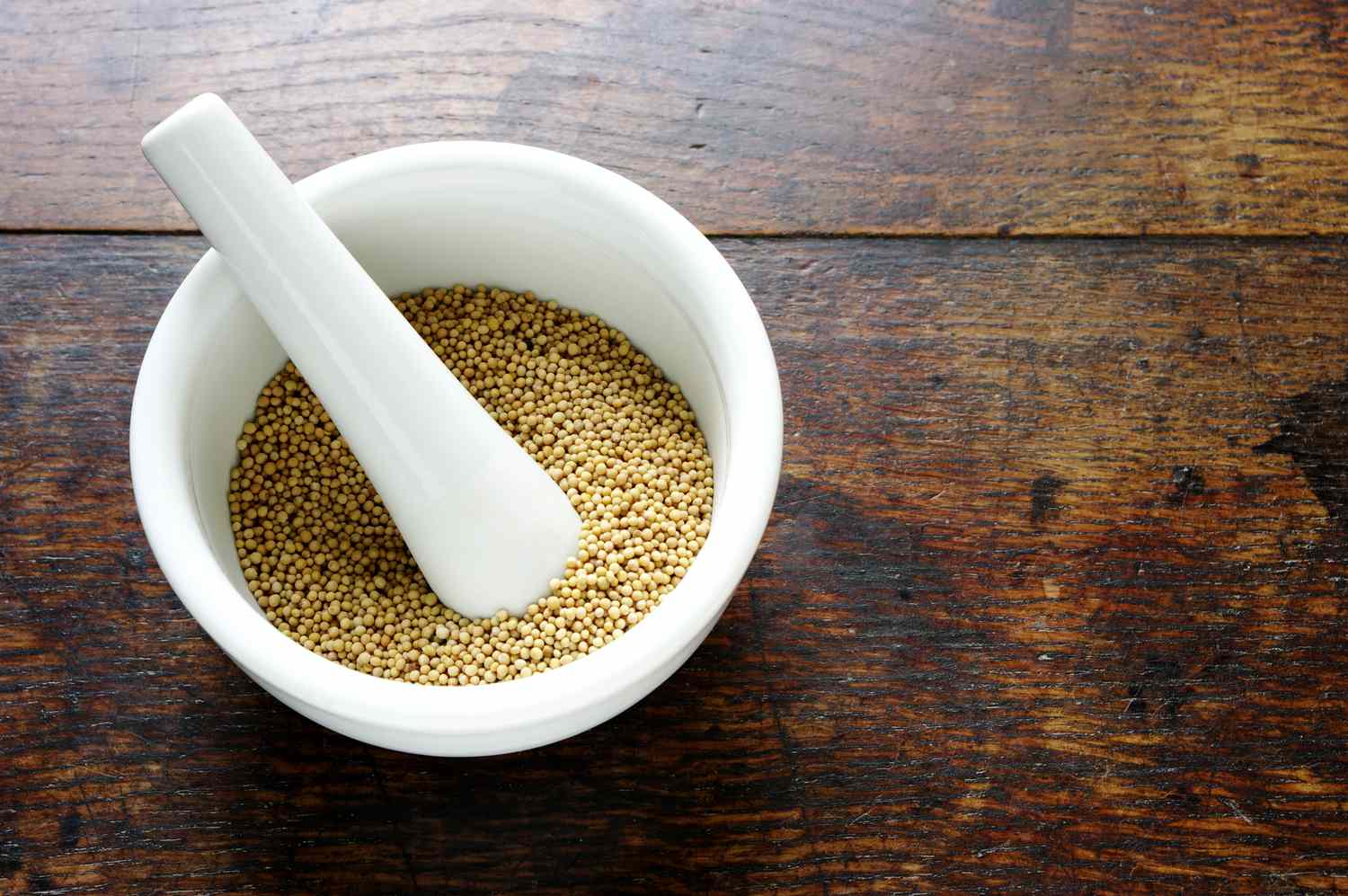
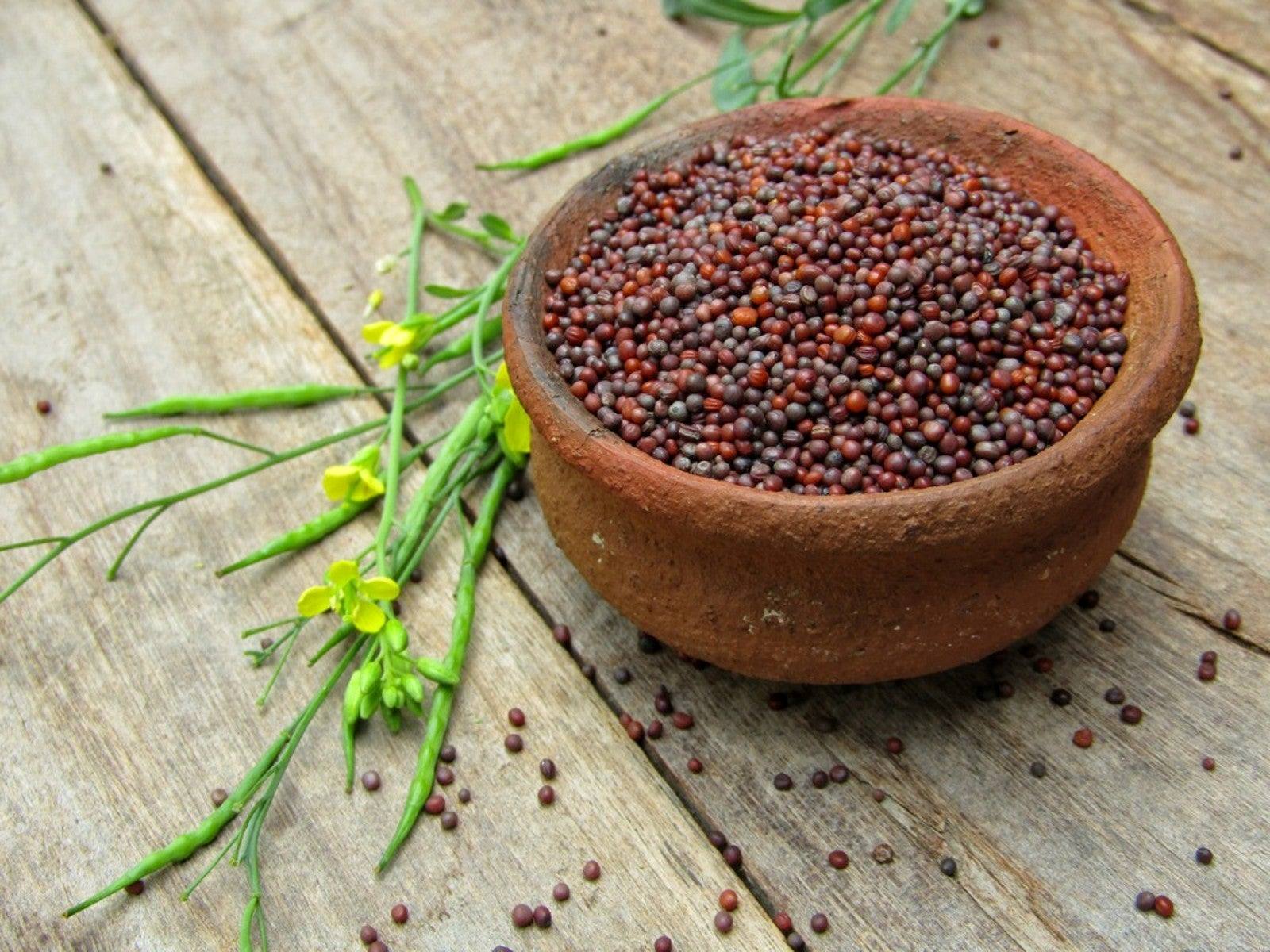
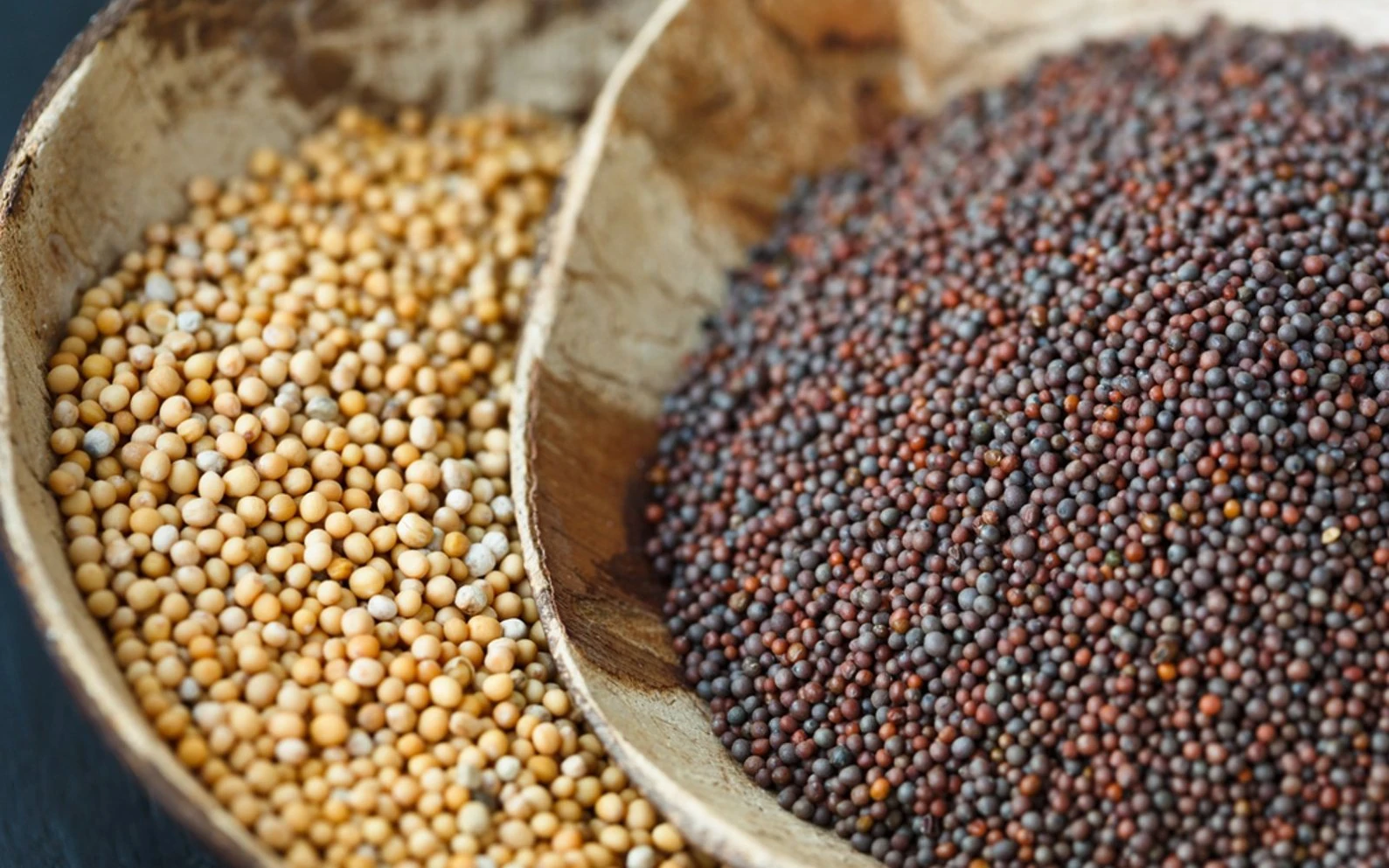
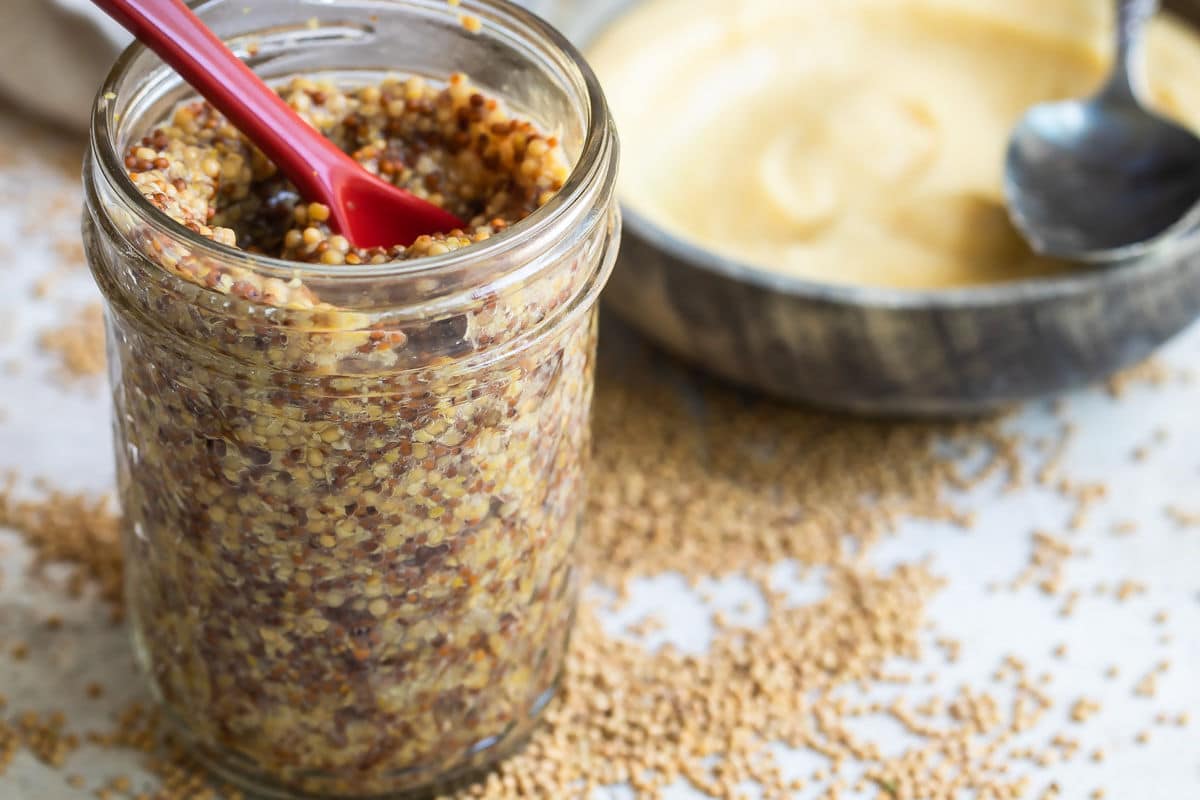
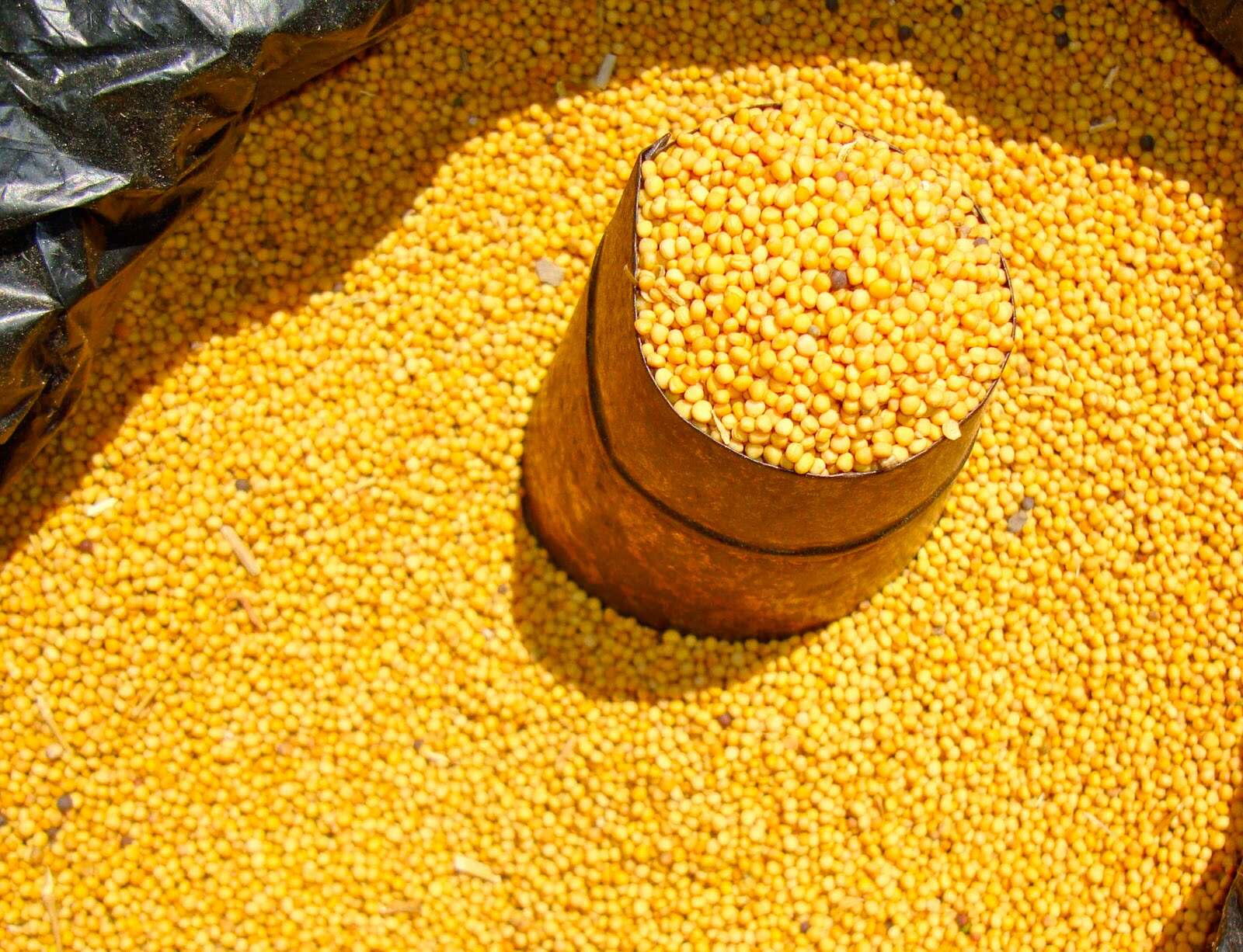
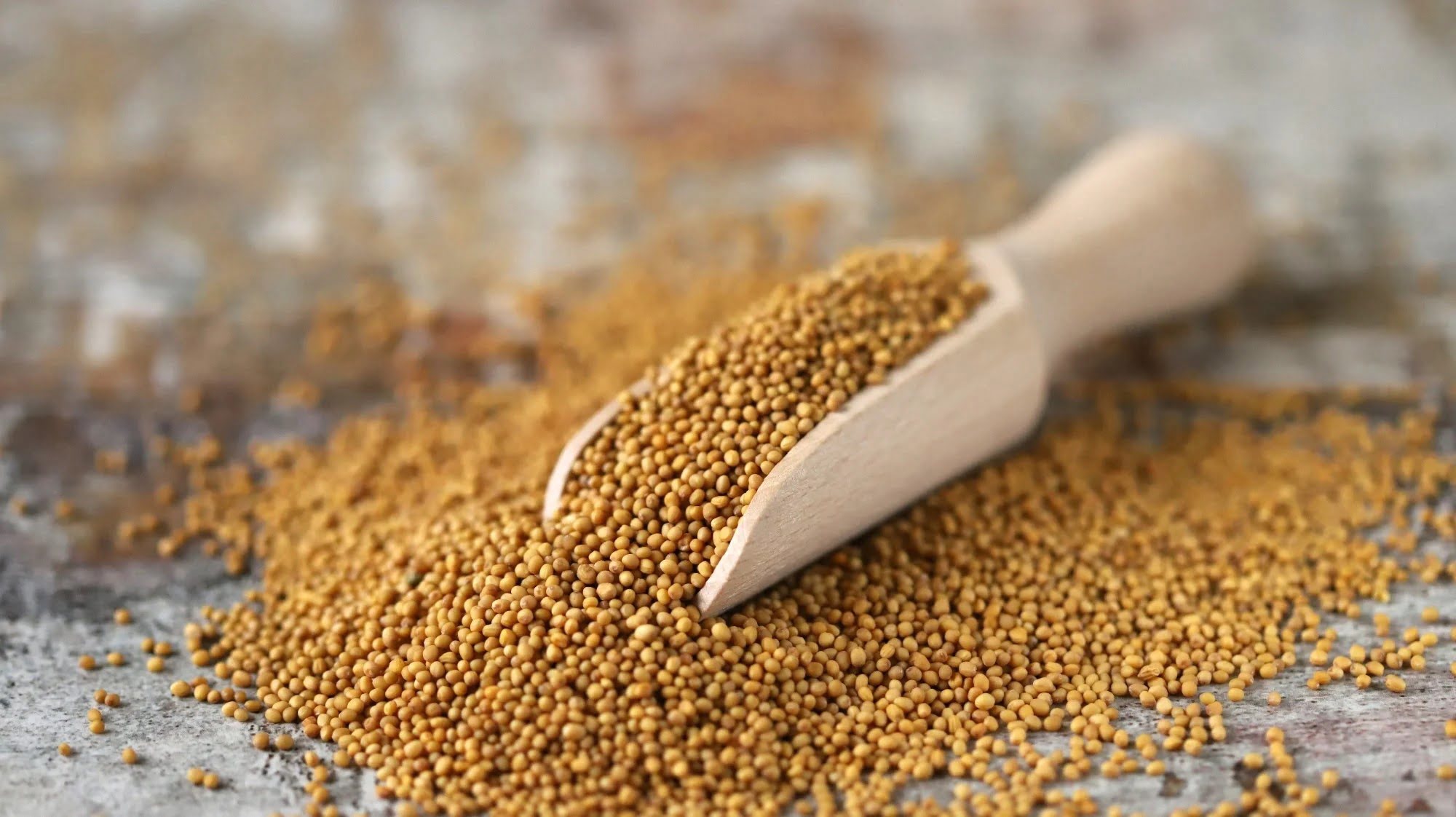
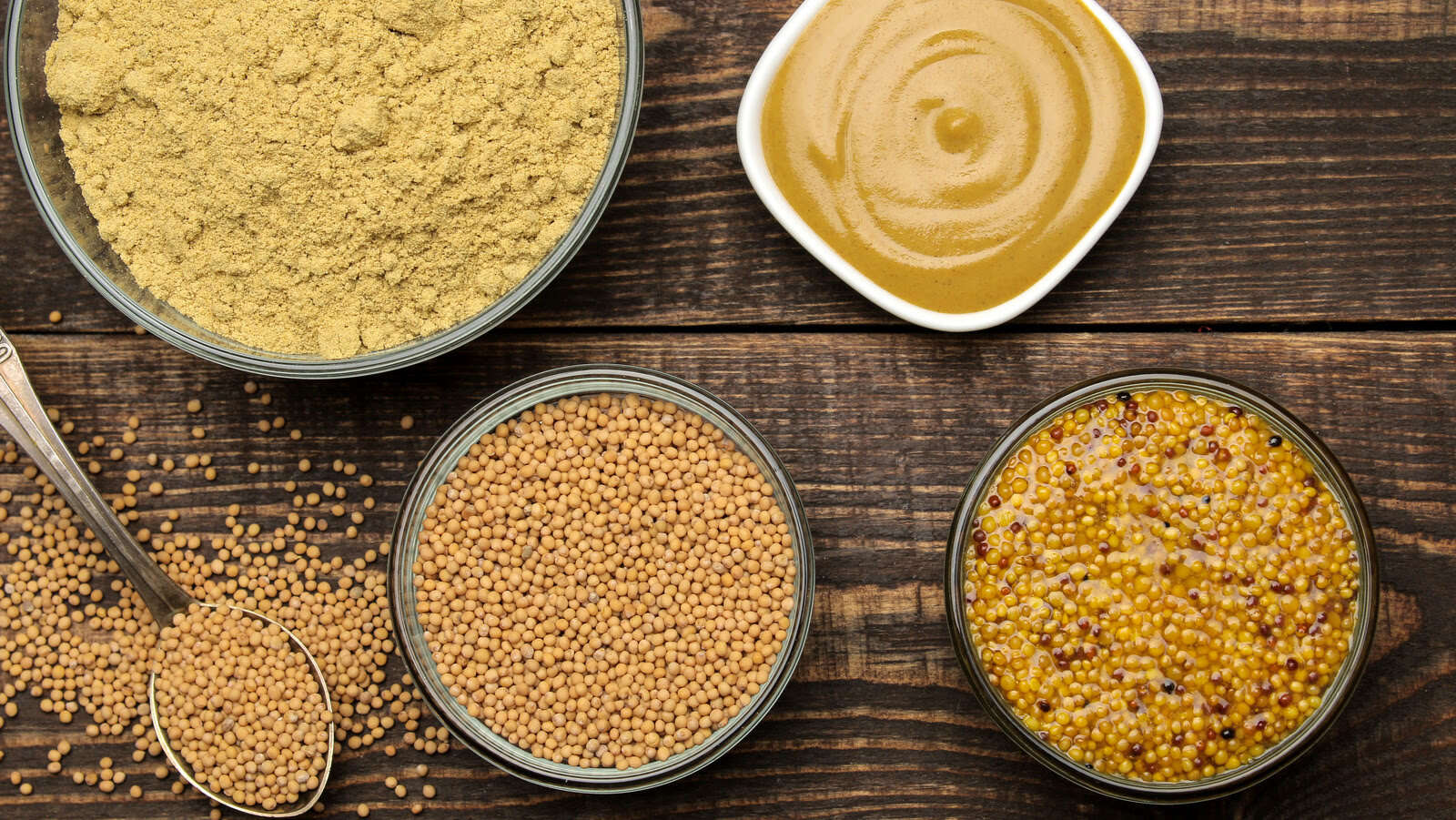
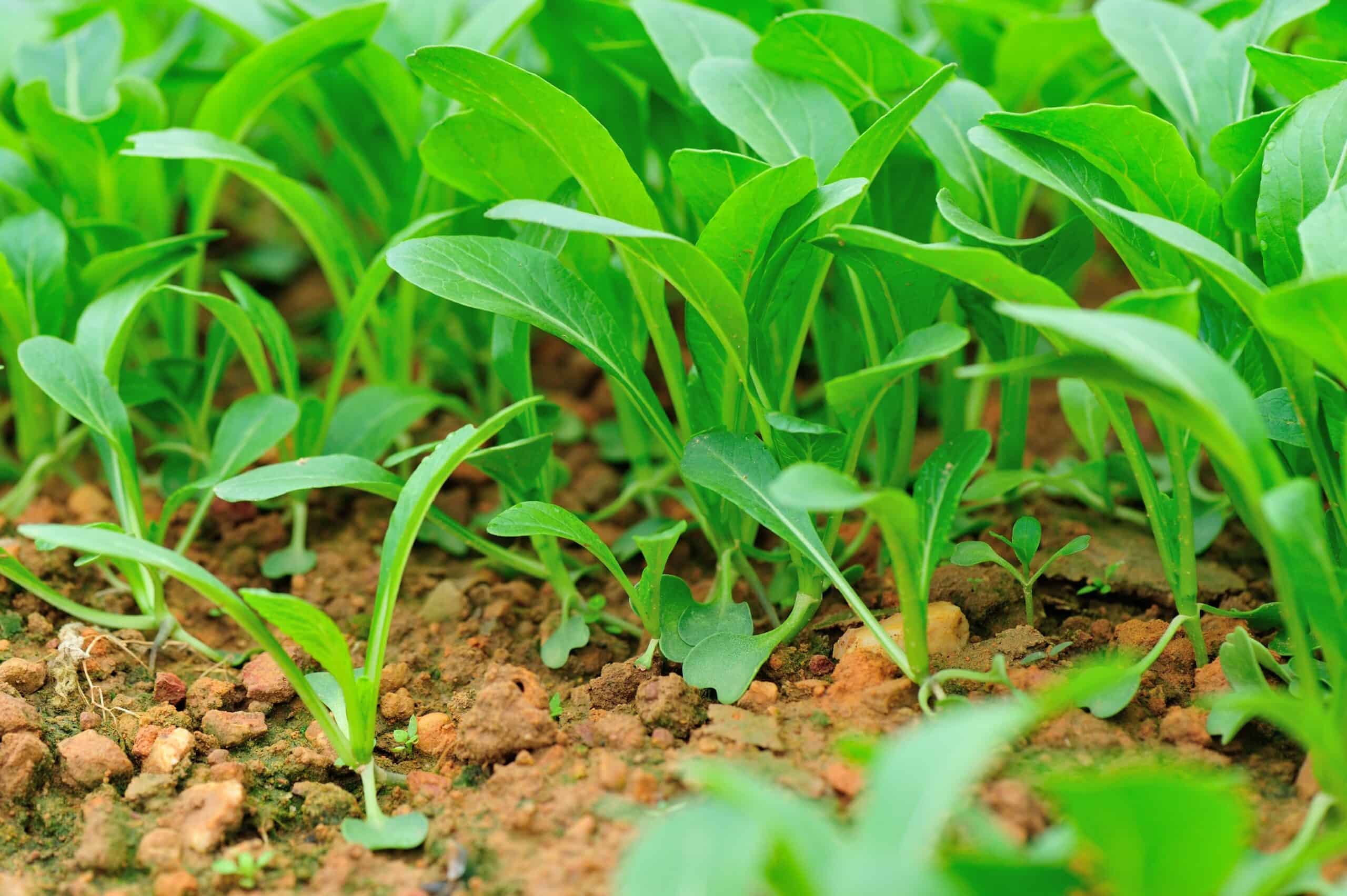
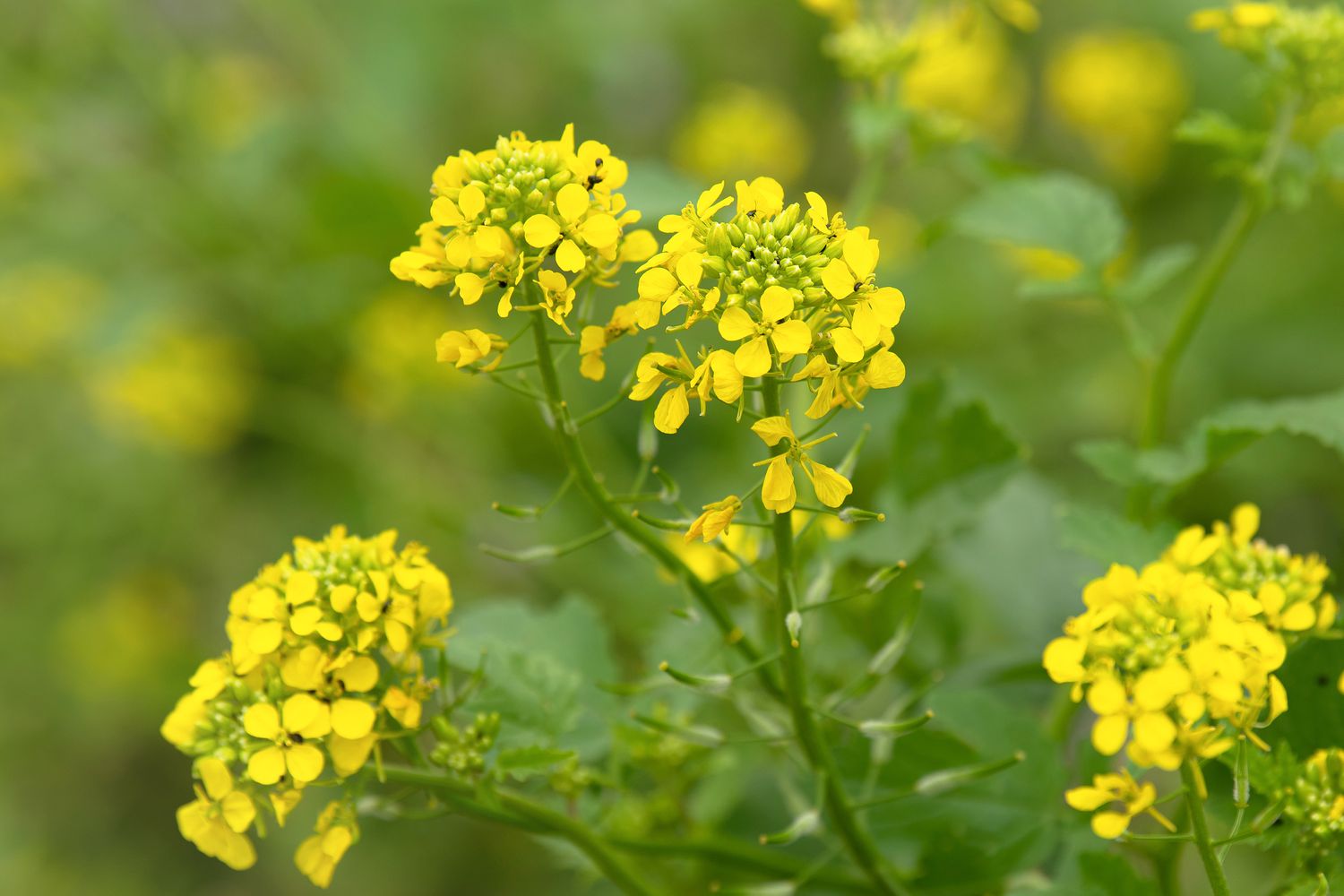
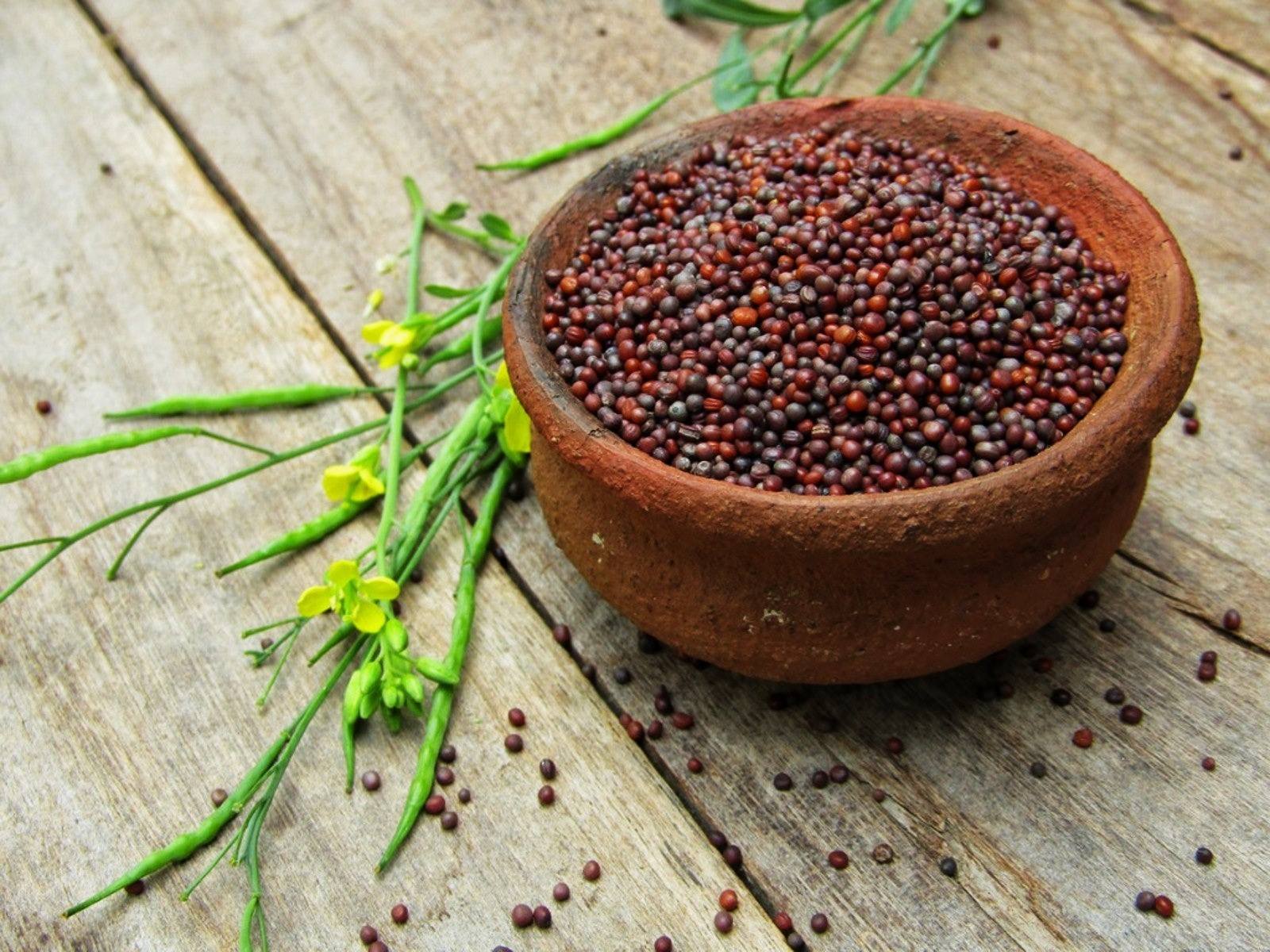
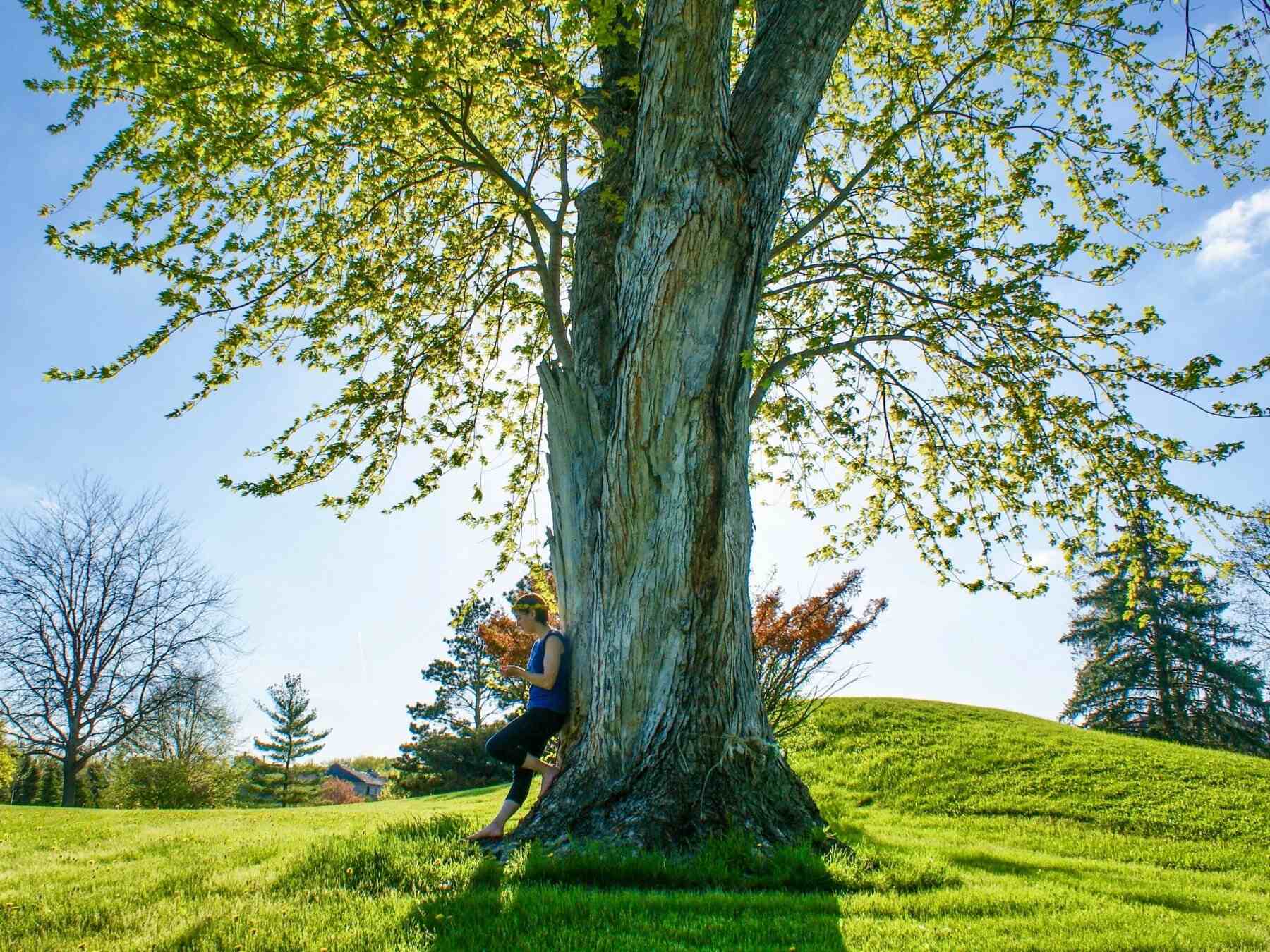
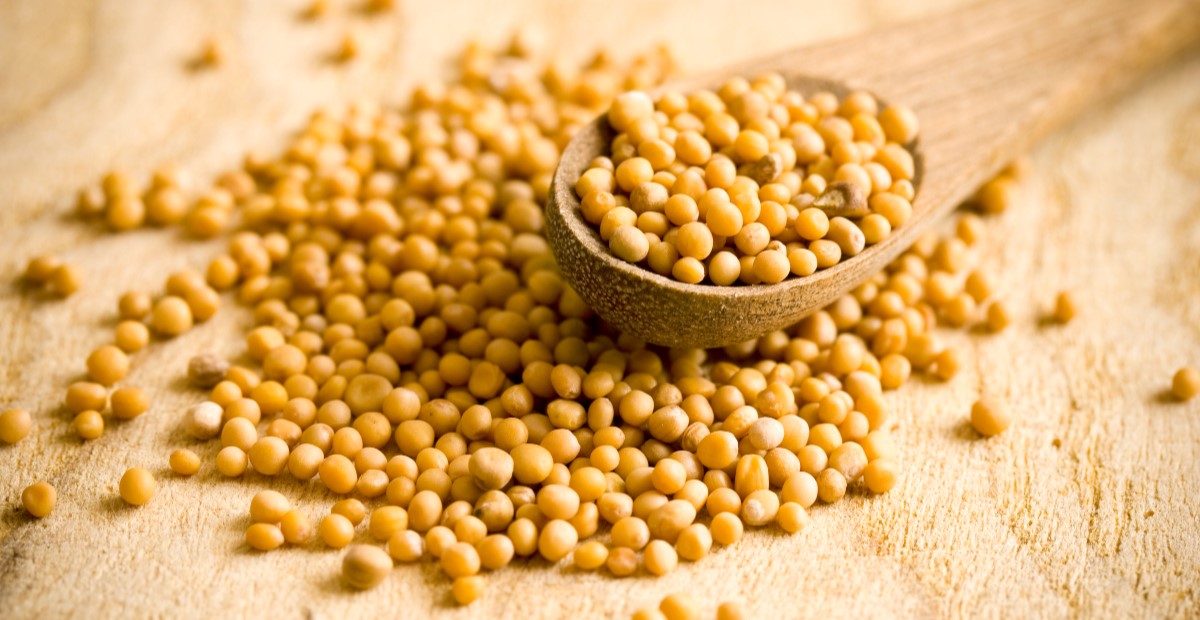
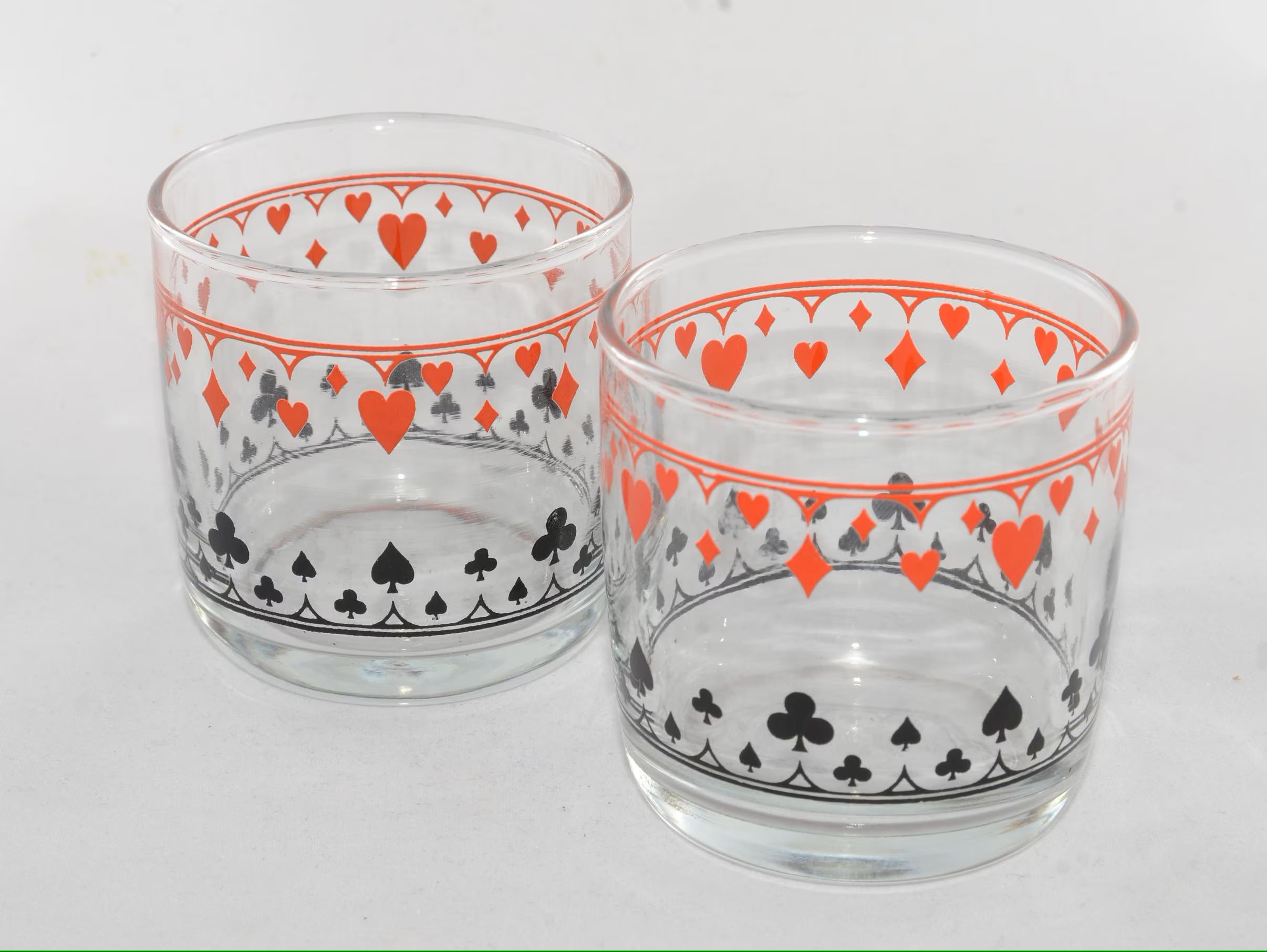

0 thoughts on “What Size Is A Mustard Seed”